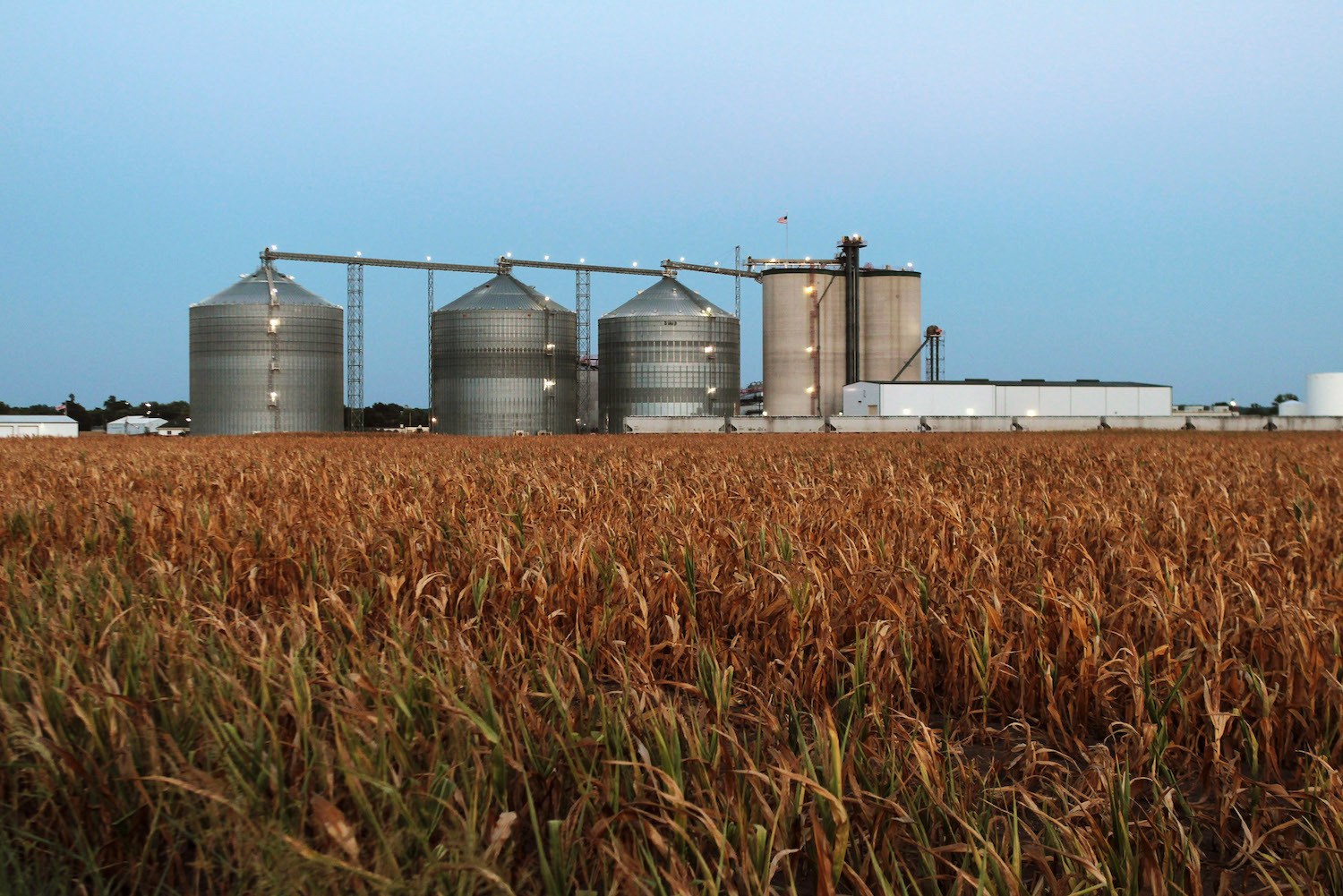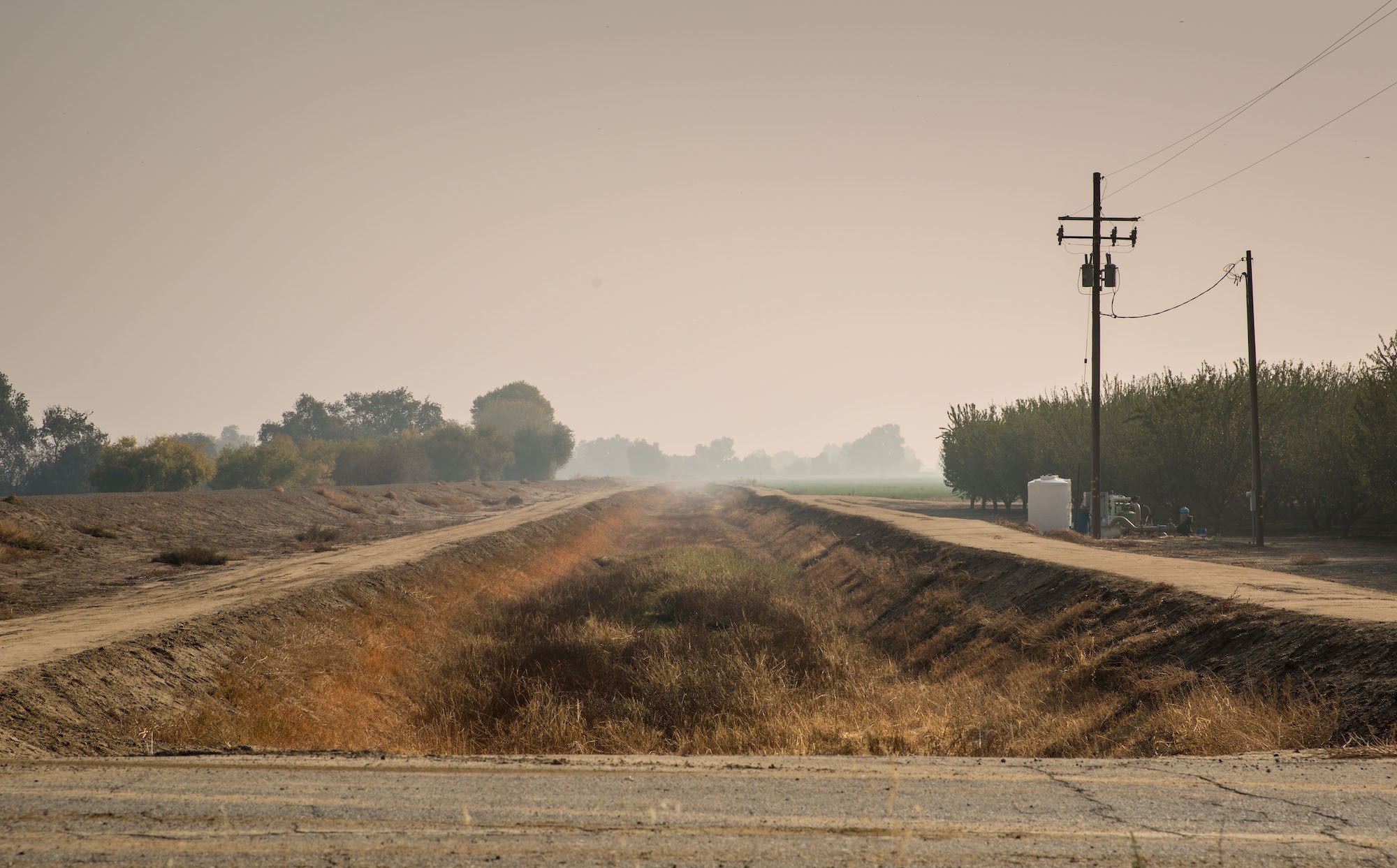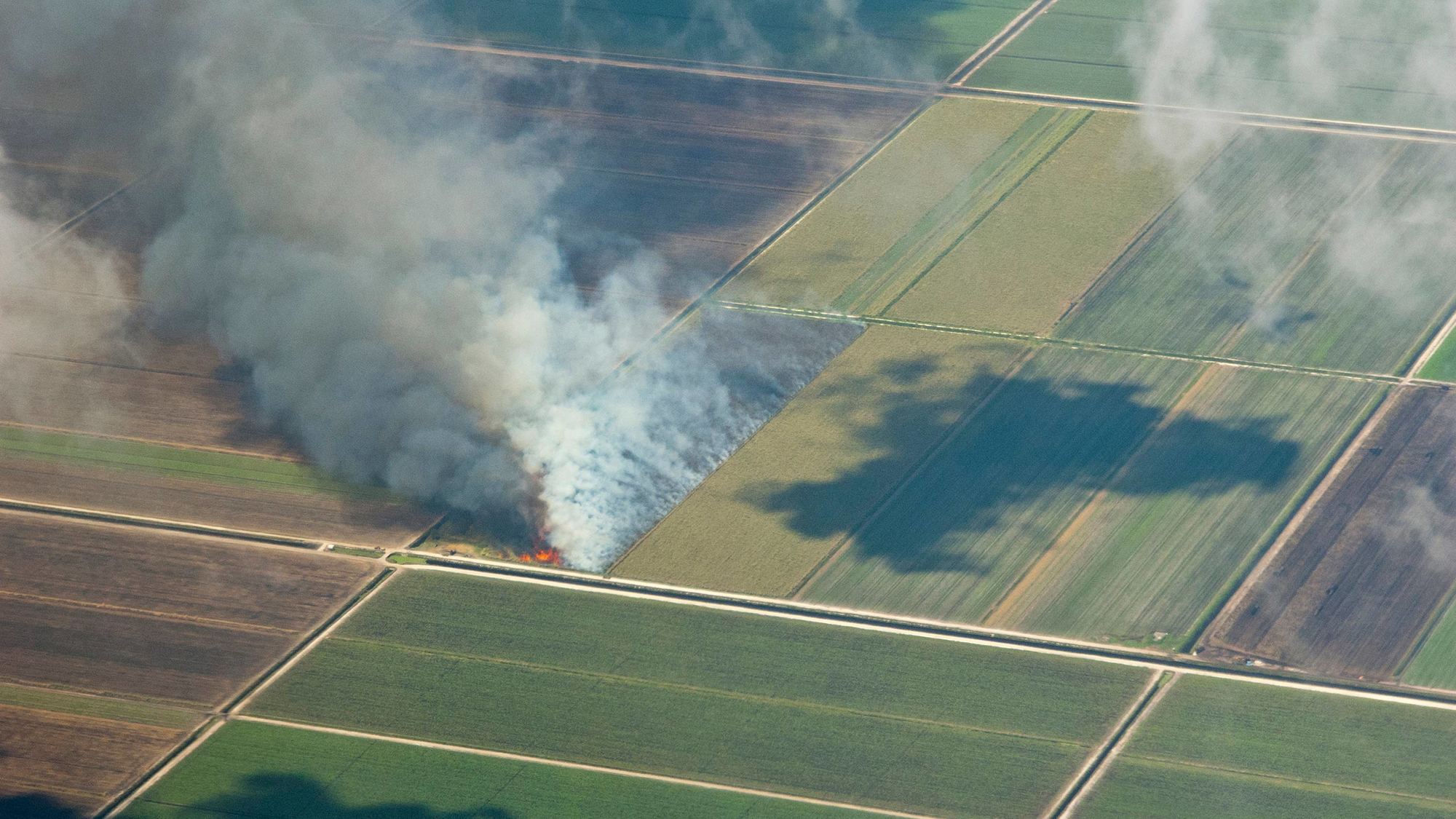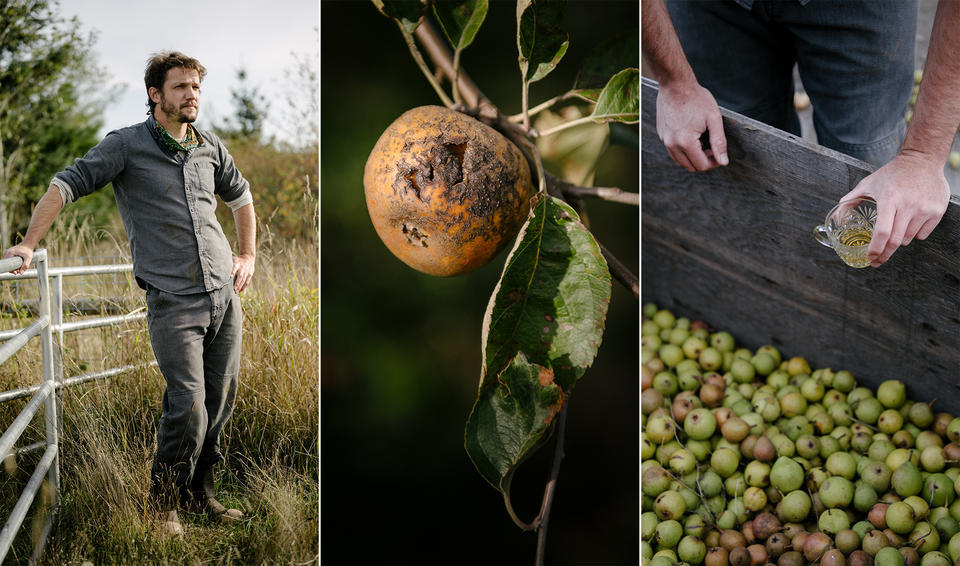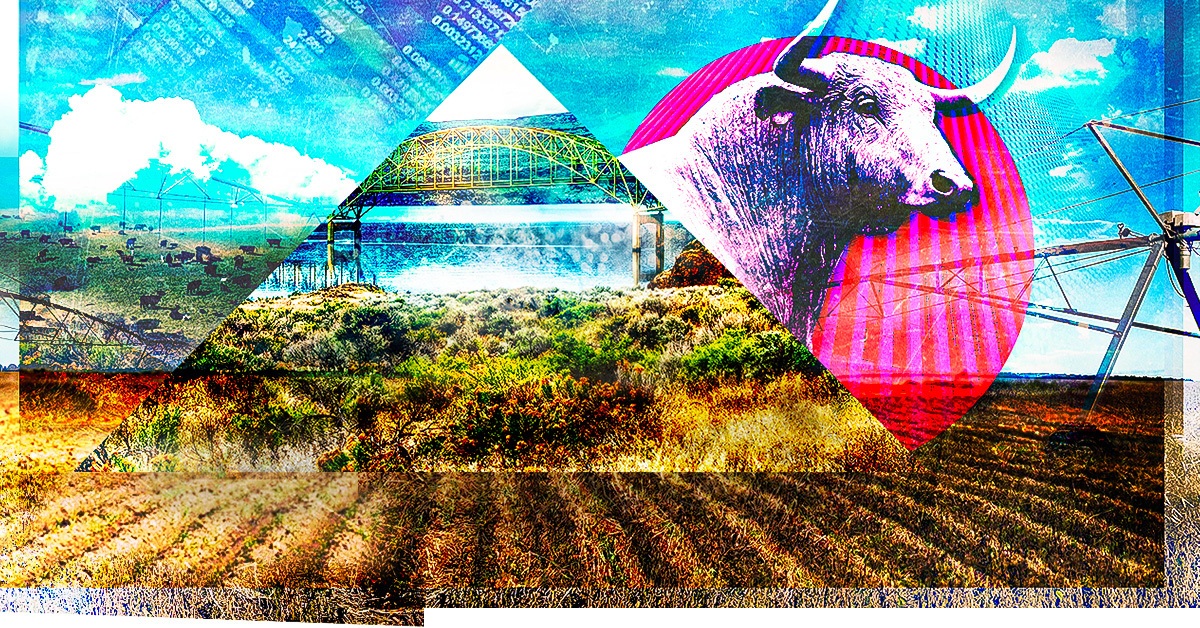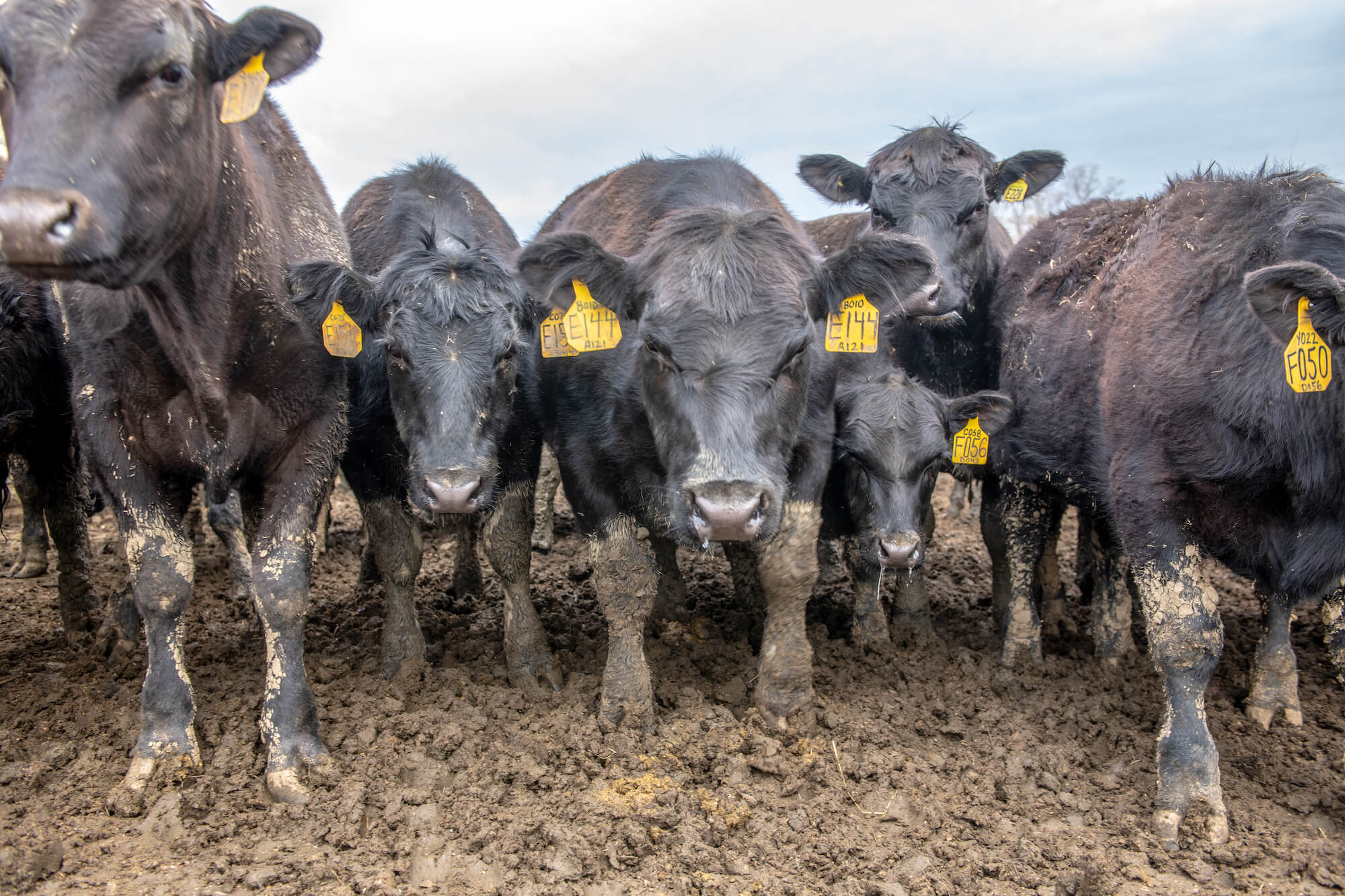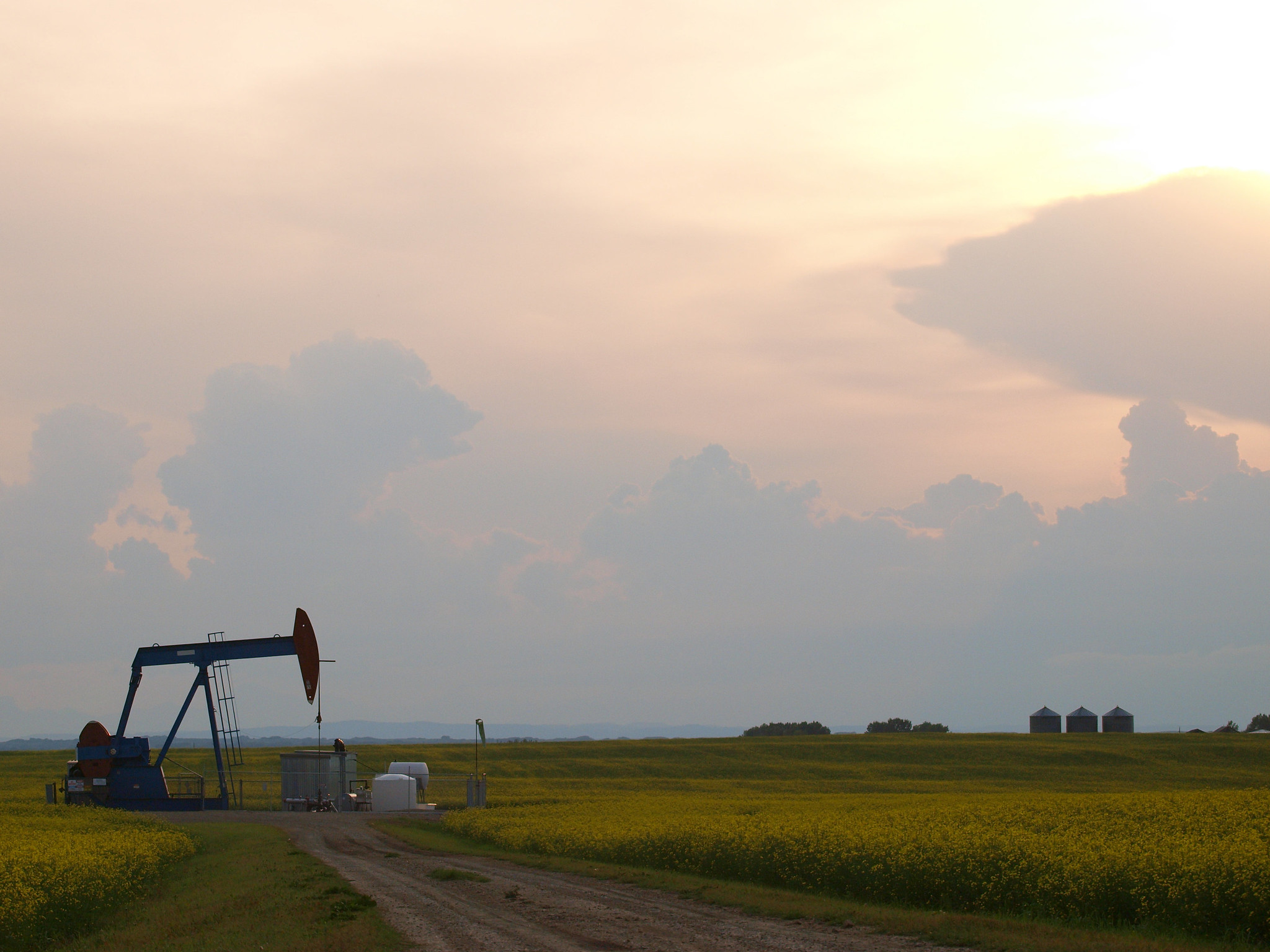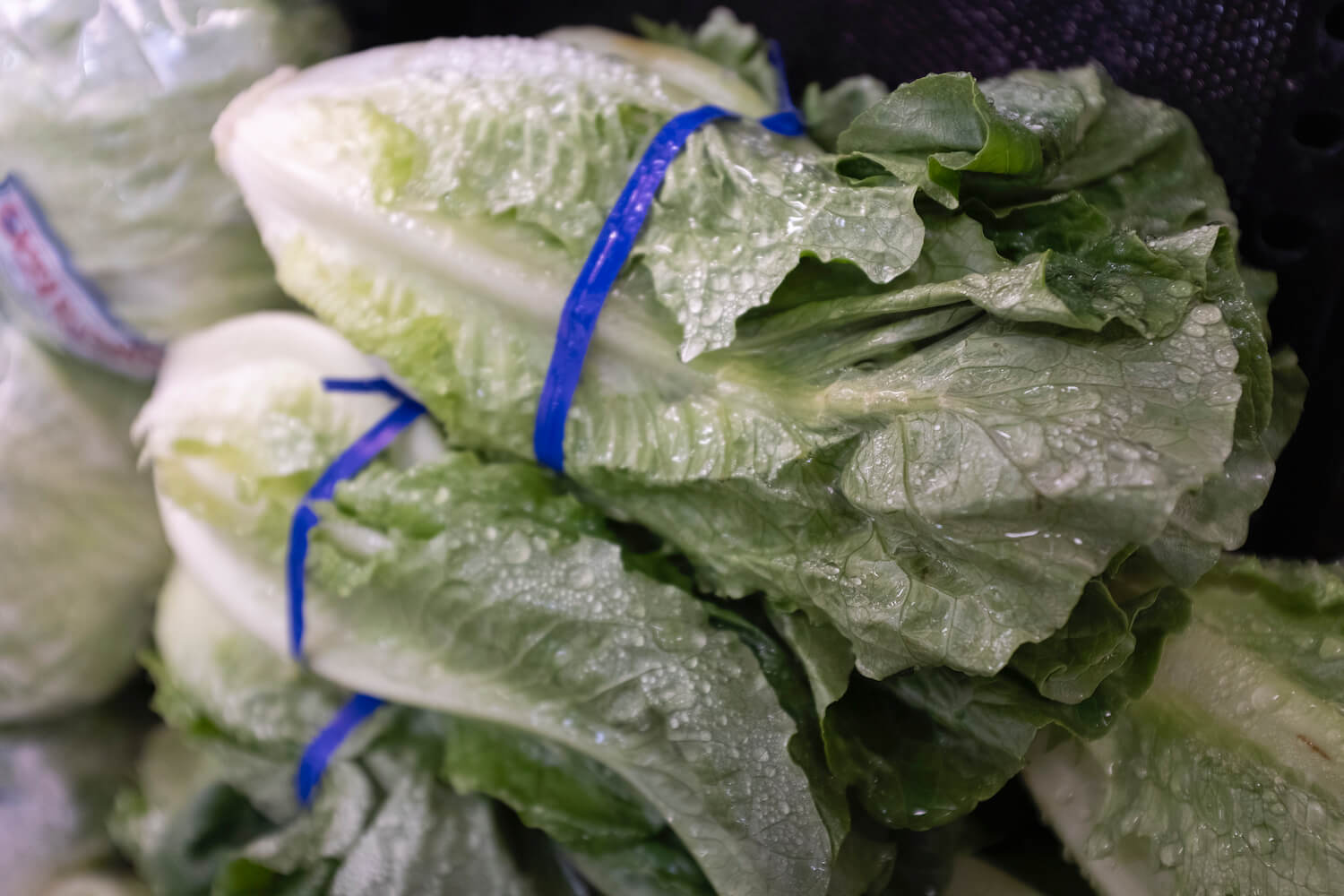
As experts debate the best solutions, would a new proposed FDA safety rule do enough to decrease the risks?
Worldwide, incidents of salmonella and E. Coli on sprouts, melons, and especially leafy greens—the latter of which are implicated in one out of five cases of food poisoning—are on the rise. In 2019, a single E. coli outbreak on romaine lettuce sickened 102 people in 23 states. Since that year, FDA has investigated 10 produce-related outbreaks across numerous states, which altogether have sickened at least 1,329 people and hospitalized 83—although numbers are surely higher due to the fact that many illnesses go unreported or are hard to track.
But there’s worse news. According to the World Health Organization (WHO) and the Food and Agriculture Organization of the United Nations (FAO), floods, droughts, extreme heat events, and other impacts of climate change are only going to exacerbate these sorts of pathogenetic disease outbreaks in fresh fruits and vegetables. The number one vector: “We’ve noticed that the most, and most severe outbreaks, are associated with water,” said Shawn Bartholomew, a Wisconsin farmer and former produce safety supervisor at the Wisconsin Department of Agriculture, Trade and Consumer Protection. “The more water you use, the more risk there is, so understanding your water quality for a farm is super important.”
In simple terms, produce gets contaminated when it comes into contact with poop, mostly, and that poop mostly winds up on crops via contaminated water. Poop can emanate from wild animals like deer tromping through your fields or through nearby surface water sources like rivers and streams. The source of contamination can be the massive loads of manure from industrial beef, dairy, and pork operations seeping into the water you use to irrigate your crops. It can come from otherwise pretty safe groundwater that gets pumped out through a cracked well head that exposes the water to bacteria. It can even come from improperly managed compost.
“Americans enjoy eating raw fruits and vegetables; if you’re going to eat it raw, there’s no kill step.”
Indoor production advocates have suggested that raising crops in greenhouses is a safer alternative. A study of field versus greenhouse production of lettuce did find that contamination from E. coli was much less common, if not absent, in indoor systems—irrigated water can still carry pathogens. But also, “There’s a risk no matter where you’re at because it turns out that in a greenhouse, you’ve still got people harvesting the product, and they can carry and spread pathogens like Hepatitis A and Shigella,” said Elizabeth Bihn, executive director of the Institute of Food Safety at Cornell University who chaired the most recent WHO/FAO meeting on microbial hazards in produce; both of these infections, although rare in produce production, are transmitted through feces.
Bihn points out that risks of illness would be reduced if consumers were willing to cook all their produce. But, “Americans enjoy eating raw fruits and vegetables; if you’re going to eat it raw, there’s no kill step,” Bihn said.
Climate change exacerbates almost all of these risks in different ways. During periods of drought, a farmer can no longer rely on precipitation to water her crops. “So now you have to come up with a supplemental water source,” said Bihn. “Where is that supplemental water source coming from? Is it a protected groundwater source that has few microbial risks? Or is it a surface water source that you have to worry about who’s upstream?” Extensive flooding from hurricanes and other storms can move bacteria from livestock operations and septic tanks, for example, onto crop fields; this past August, Coastal Review reported on a study that tracked microbial contamination by human and pig feces in 40 surface water samples taken in Eastern North Carolina one week and then one month after Hurricane Florence’s historic flooding back in 2018. Flooding might also cause changes in the way wildlife moves, bringing animals into closer contact with planting fields.
These days, the Midwest is seeing an uptick in average temperatures that are leading to increased rainfall. Summer storms can pick up wild animal pathogens from hillsides and wash them down onto crops as harvest time nears. “When floods mat down grass or fields that normally would be a living barrier between a hillside and a farm field, the risk of E. coli contamination is increased,” Bartholomew explained. Fruits and vegetables that grow low to the ground are especially susceptible to risk: “Cucumbers, zucchini, lettuce, kale, Swiss chard, spinach—radishes and carrots a little less because there’s a buffer of sand around them. But when flooding comes, everything can be contaminated. It can wipe farmers out.”
“In some cases, you flag off entire sections of your field that you are not going to harvest, to reduce those risks.”
Figuring out how to prevent contamination from reaching consumers requires farmers to have good knowledge of where that contamination may have originated in the first place—hardly a simple matter, since a farm presents numerous, and shifting, entry points for pathogens, especially with climate change.
FDA is responsible for produce safety enforcement in the U.S., although Consumer Reports has previously suggested that the agency hasn’t done enough to keep consumers from getting sick, noting that “Protecting agricultural water…is a vital step from keeping greens from contamination.” To that end, in December of 2021, FDA proposed a revision to the agricultural water section of its Food Safety Modernization Act Produce Safety Rule. This would require farmers to assess if the ag water they’re using pre-harvest will introduce “known or reasonably foreseeable hazards” onto crops and thereby necessitate “mitigation measures,” according to FDA’s website. Should the revision pass after its comment period ends in early April, how helpful will it be in keeping raw fruits and veg free(r) from bacteria and other risky microbes?
Bihn offered up an example of a case-specific strategy, should a farmer be able to locate the source. “If you have a wildlife problem, you can put up a fence, you can get nuisance permits to disturb them, you can put up [coyote decoys] to scare them away,” she said. “But you should also do a pre-harvest assessment. You look at the field and you say, ‘Have they pooped a lot here?’ In some cases, you flag off entire sections of your field that you are not going to harvest, to reduce those risks.”
According to Bartholomew, though, some of the greatest risks come from large-scale farming operations. “If you’re smaller, or sustainable, you generally use less water and lay down ground cover, so you don’t get water splashing up from the ground,” he said. Smaller farms also carry less risk by virtue of the fact that they move less product, and “they’re not putting semi-truckloads of stuff through the same water to sanitize it” before there is a clean break to wash and sanitize equipment.
“You get huge manure spills that [can potentially] contaminate everything around.”
Another risk is confined animal feeding operations (CAFOs), which Bartholomew said often can’t manage the vast amount of manure they produce. As a result, “You get huge manure spills that [can potentially] contaminate everything around…and manure dust that can settle on water and get shoved down the pathway to the produce fields.” Sure, there are laws governing the proper handling of manure, but enforcement is always an issue. “An audit from safety inspectors is just a snapshot of that particular moment,” said Bartholomew. Otherwise, “Basically, we’re working on an honor system.”
Bihn agrees that CAFOs in dusty, dry, high-wind areas likely pose a higher risk of contamination. “But if the animals are on grass, there’s less likely to be runoff and dust coming off,” she said. Under the FDA’s proposed water rule change, a farmer would be required to evaluate her water once a year, checking to see if extreme weather events, for example, may have stirred up pathogens; she’d have to immediately stop using any water found to be unsafe and “take corrective measures,” according to the FDA, before using it to water unharvested produce.
One big issue, though, is how farmers could adequately make these sorts of assessments on their own. “It would be great to have coordination and transparency and [figure out], Where do we already have data that growers could use?” said Bihn.
One place could be with an app developed by Joy Waite-Cusic, a food safety systems specialist at Oregon State University. She’s been thinking about ag-water safety challenges for almost 10 years, since around the time that FDA’s original Produce Safety Rule was published in 2013. “We were seeing significant testing requirements for farms and a lot of disgruntled farmers, mostly because of the cost,” she said. Waite-Cusic began working on a tech-based solution last year, when she partnered with Data Science for the Public Good and “proposed that we create an app using the publicly available water testing data from across the country”—taken from a clearinghouse run by the U.S. Geological Survey—”to build a tool that would help farmers to evaluate their water quality.”
“When you do not have a set of guidelines that are clear…that is a bad situation to be in.”
Using the app, which is completed but not yet widely available, “You can log in, pick your state and your growing season by month,” said Waite-Cusic. “You can see geospatially, I pulled my water from here. What did the water quality look like upstream and downstream from me? This type of data could have a lot of utility and really not cost [farmers] anything.” The app could be especially useful to some smaller farms that would be exempt from the new proposed rule revision but which are still concerned about food safety. “If they have an outbreak, they’re out way more financially because they don’t have a diversified business situation where they can take a loss over here and take a win over here and everything cancels out,” Waite-Cusic said.
The hitch, and it’s a big one: In the original draft of its proposed rule change, FDA was on the hook to define what “adequate microbial water quality” was in terms of the presence of E. coli. Said Waite-Cusic, “Now they’ve walked away from that and they’re not defining it. They’re making the farm define it, and the farm is going to have to defend their interpretation to regulators.” Bartholomew agrees that this is a problem. “When you do not have a set of guidelines that are clear…that is a bad situation to be in. It creates an unclear path,” he said. Not to mention that growers, no matter how large or small, are keen to ensure that their products are safe for human consumption. “I don’t care if you’re local or you’re foreign; nobody wants to get anyone sick because it hurts your business,” Bartholomew said.
The complexities in ensuring that produce stays safe can seem endless. Upmanu Lall, director of the Columbia Water Center, adds another one. He believes that focus needs to shift from considering just the direct implications of climate change on food safety, to indirect ones as well. Namely, to the air conditioning that the food supply chain relies on to make raw produce less risky to eat. He points out that power outages due to storms and heat waves are becoming increasingly common in the Northeast, Southeast, and Intermountain West. When they happen, in-store refrigeration fails and can allow for the thriving of both bacteria and fungi—Aspergillus and Penicillium that grow on berries, for example, can produce mycotoxins. Nevertheless, stores, perhaps not aware of the possible danger, sell now-potentially pathogenic fruits and veg to unwitting customers. “This is the weakest link in the modern agri-food supply chain, and we need to back it up with renewable sources for electrification,” Lall said.
If all this makes it seem like we’re doomed to increased risk of illness from the foods we eat, with or without the new proposed rule change and the vagaries of climate change, Bihn said there’s more safety testing going on now than ever, and greater efforts being taken to remove potentially hazardous foods from the supply chain “out of an excess of caution.” Want to be extra-safe and virtuous? “Why not get that produce from a local source right down the road?” Bartholomew suggested. Though for lovers of raw produce, there are still no guarantees.

